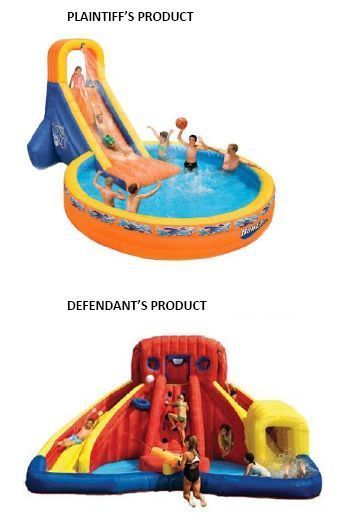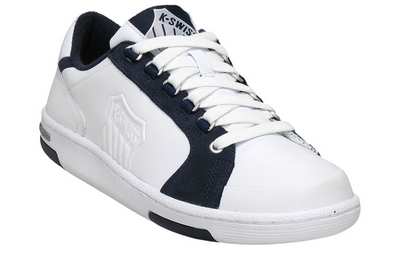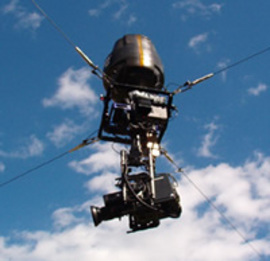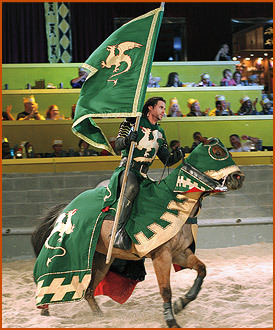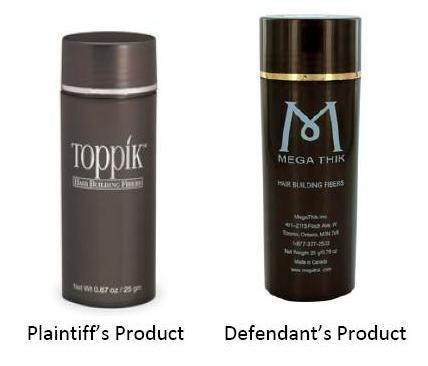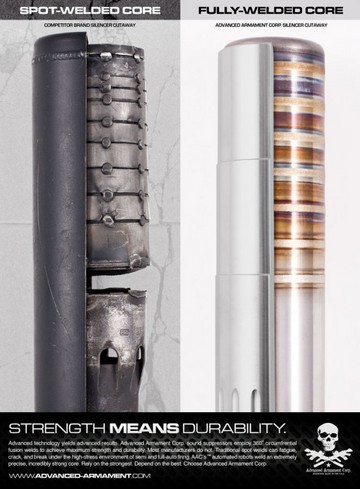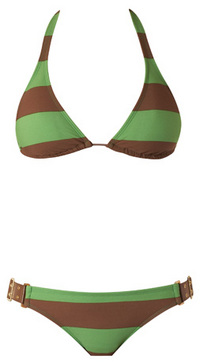 Santa Ana, CA – James Brady and Patricia Brady filed suit at the Federal District Court in Santa Ana against Quicksilver Americas, Inc., Radio Fiji, Dillard’s Inc., B. Suits, Inc., and Pampo’s Dance Emporium, Inc. In 1985, Plaintiffs, through their prior corporation, developed a line of swimwear manufactured in Brazil and used the Ipanema trademark on the goods. The Ipanema trademark was registered with the USPTO in 1993 and subsequently transferred to the Plaintiffs in 1998. The registration has become incontestable under 15 U.S.C. § 1065. Plaintiff’s “The Girl From Ipanema” trademark, however, is not incontestable because it was registered less than five years ago.
Santa Ana, CA – James Brady and Patricia Brady filed suit at the Federal District Court in Santa Ana against Quicksilver Americas, Inc., Radio Fiji, Dillard’s Inc., B. Suits, Inc., and Pampo’s Dance Emporium, Inc. In 1985, Plaintiffs, through their prior corporation, developed a line of swimwear manufactured in Brazil and used the Ipanema trademark on the goods. The Ipanema trademark was registered with the USPTO in 1993 and subsequently transferred to the Plaintiffs in 1998. The registration has become incontestable under 15 U.S.C. § 1065. Plaintiff’s “The Girl From Ipanema” trademark, however, is not incontestable because it was registered less than five years ago.
Plaintiffs allege that Defendants have recently manufactured swimwear, which they sell under the Ipanema trademark. Plaintiffs contend that they sent Quiksilver a cease and desist letter in August of 2004, but it has refused to stop use of the Ipanema trademark. In addition to the trademark cause of action, Jennifer assert a Lanham Act § 43(a) false designation of origin claim and a California Business and Professions Code §17200 unfair competition claim. The case is James W. Brady, et al. v. Quiksilver Americas, Inc. et al., SACV 09-553 MLG (C.D. Cal. 2009).
 Los Angeles Intellectual Property Trademark Attorney Blog
Los Angeles Intellectual Property Trademark Attorney Blog


